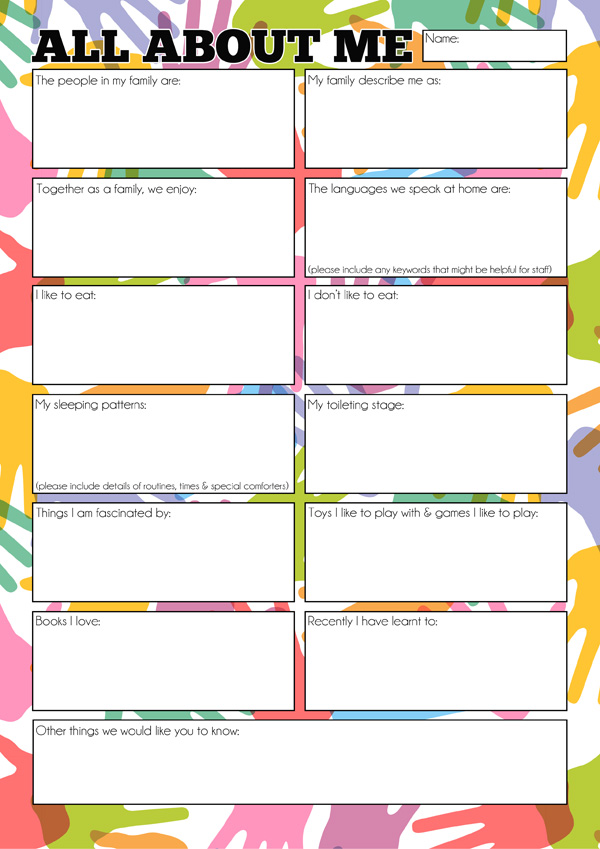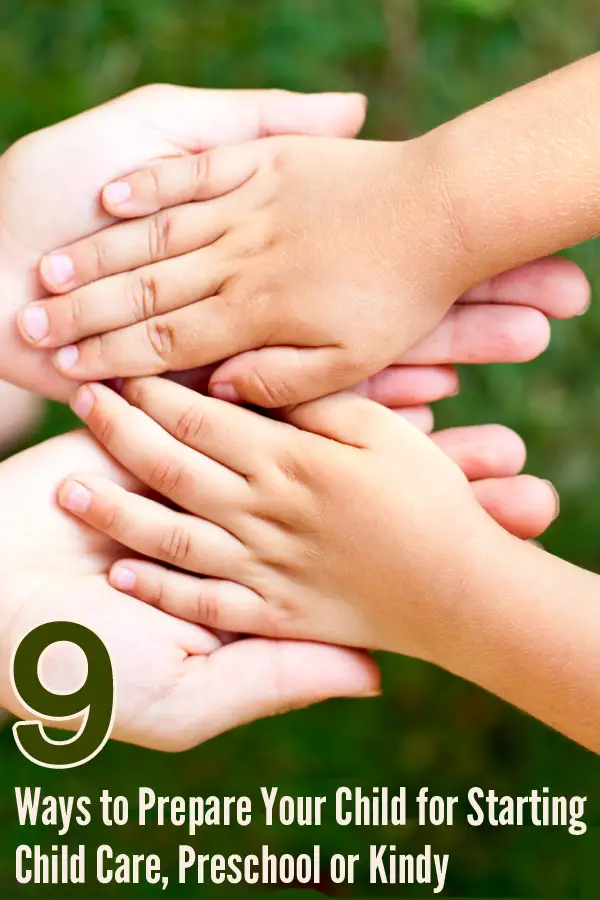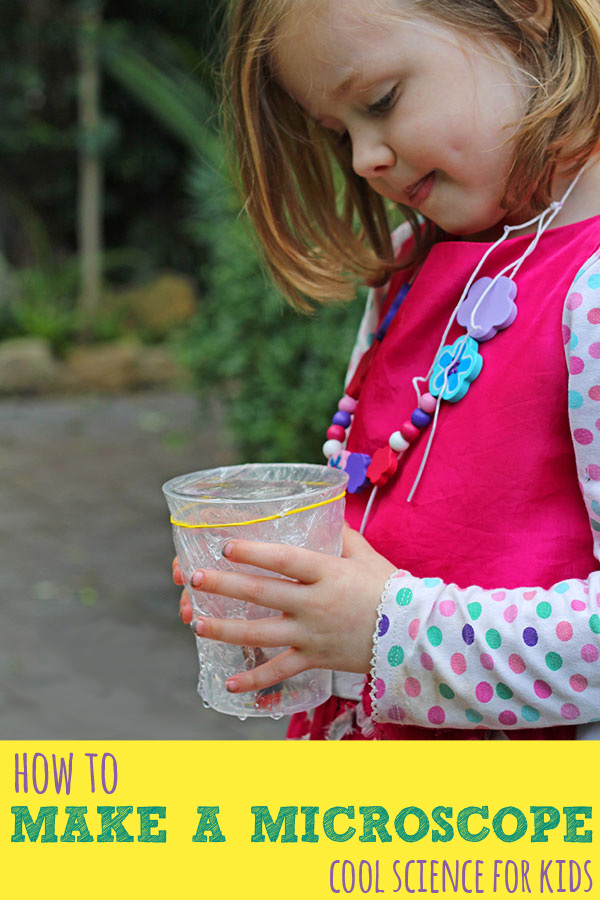The first time your child leaves you and is in someone else’s care is an important day for everyone. When, how and why is different for each of us.
However, no matter what age or stage your child is in, preparing for the transition is a very important step in this major life change.
For us, that was the day Yimi started kindergarten. Even though I worked as an early childhood teacher in child care centers and kindergartens, helping hundreds of families through this transition, I still cried! Yimi, well, she’s fine!


Many children begin receiving early learning services with little experience of being cared for by anyone other than their parents or other immediate family members, so it is reasonable to have some degree of separation anxiety as they settle in.
However, every child at some stage will go through periods of anxiety about being in care – this may be on the first day or some time later. This may be due to a change in services, or a change in the staffing team at your regular centre.
Think about the anxiety you feel about starting a new job. Likewise, children and families need time to bond with and feel comfortable with new adults, diverse groups of children, and adjust to new environments and routines. However, there are many things you can do to help your child (and family) prepare for this new phase.
9 Tips for Starting Day Care, Preschool or Kindy
1. Choose the right services for your family
The first step in easing your child’s transition is to choose the best local care option for your child – whether it’s family day care, center day care, preschool or kindergarten. If you’re confident that you’ve chosen the best care options and personalized service for your child and family, you’ll feel more comfortable sending them off on their new adventure.
2. Take time to prepare together
Talk to your child gently about the upcoming transition, keeping in mind that the goal is to prepare your child for the future without making them overly anxious or excited. Take them to buy a new backpack or lunch box and drink bottle for “school.” Read a story about starting daycare or kindergarten. These types of interactions will help build a bridge between home and school.
3. Take advantage of any targeting opportunities provided by the Service
The purpose of orientation is to give your child the opportunity to become familiar with the physical space, staff, routine, and other children. It’s a good idea to start visiting the service a few weeks before your child starts care, multiple visits are very valuable.
4. Work with your services to provide the best care and education for your child
The importance of active home-school communication in a high-quality early childhood education program cannot be underestimated. After all, families are the richest source of information about each child, and a true learning community welcomes the contributions of all members. Both the center/school and individual families have a responsibility to communicate regularly about their children.
For children starting a new program or service, many preschools will provide surveys or questionnaires about your child, their family, interests, development and daily life, in addition to the regular registration form (example shown below). This information is important to help staff welcome your child to the service and adapt daily work and planning to incorporate their individual needs for care and learning plans.
Families and providers of early education services to children can download this free printable “About Me” questionnaire. Download it here.


5. Create a morning routine
Being prepared and organized with your morning routine will help you start your day calmly rather than rushed. You can learn more about our morning routine here.
6. When the time comes, give them a “family”
Carrying a family photo, their go-to quilt, or a favorite (small) stuffed animal is a cute way for your child to take some familiarity of home and family with them on a new adventure.


7. Admit your anxiety privately
It’s important to build a sense of confidence and calm in your child because children are very perceptive and will sense how you feel about the upcoming transition, but if you need to take some private time to acknowledge your own feelings about the change, This is completely understandable.
8. Don’t be afraid to register if you feel you need to
If you are concerned about your child’s placement, call your child’s services immediately. When you pick up your child, ask staff how their day was and check their daily log sheet or plan for more information about your child’s day. These snippets of information will help you talk to your children about their day.
9. When your child is upset
Some children feel uneasy when it’s time for them to leave school. If this happens, try;
- Take advantage of any opportunity that comes into the room to involve your child in activities. Once children start playing, it’s usually easier for them to separate from you.
- Say goodbye and tell your child in a non-clockwise way when you will be back for him/her (for example, after you have had your morning tea or after break time).
- Resist the urge to stay after saying goodbye.
- If your child feels uneasy, please hand them over to a member of staff. Once you’ve left, experienced staff will have a variety of techniques to help your child work through their anxiety.
- For a child who continues to be tearful and anxious at drop-off, consider whether this is a general anxiety issue about receiving care, or more of a case of difficulty being separated from mom or dad. If separation from one parent is the issue, then consider making short-term arrangements for the other parent or another family member to assume relinquishment. Having an alternative pick-up person available in the short term can break the cycle of anxiety for some children.
More tips and resources for getting started with preschool education
For more tips on starting preschool or daycare, check out these related posts;




